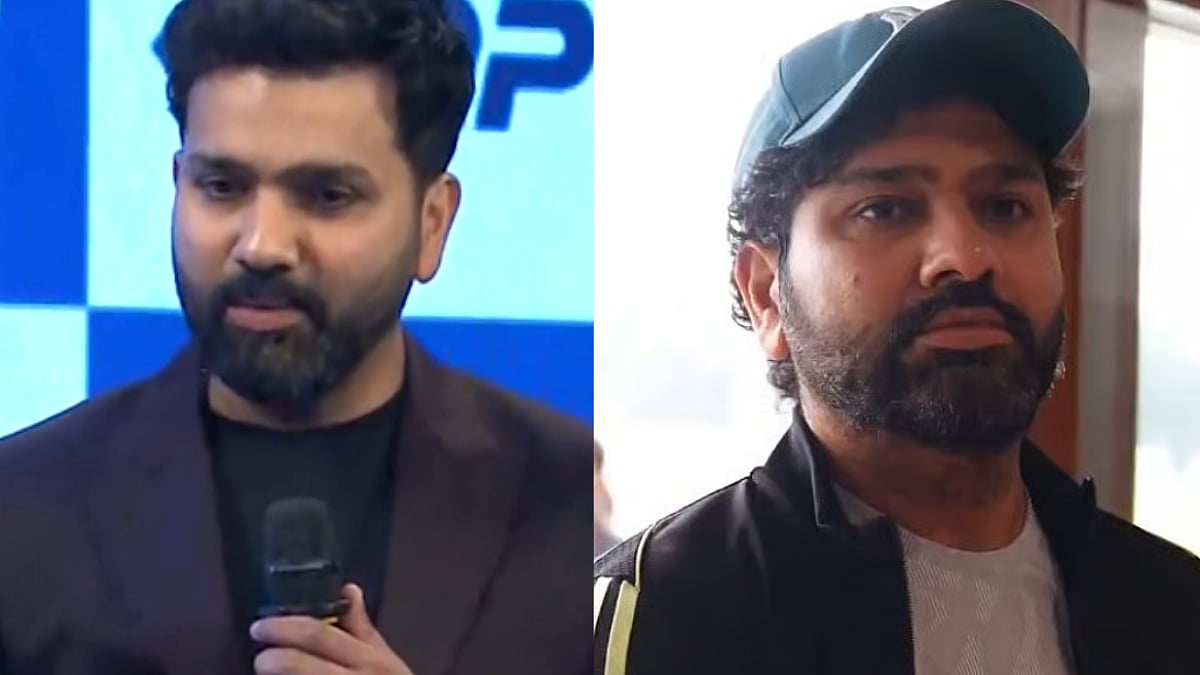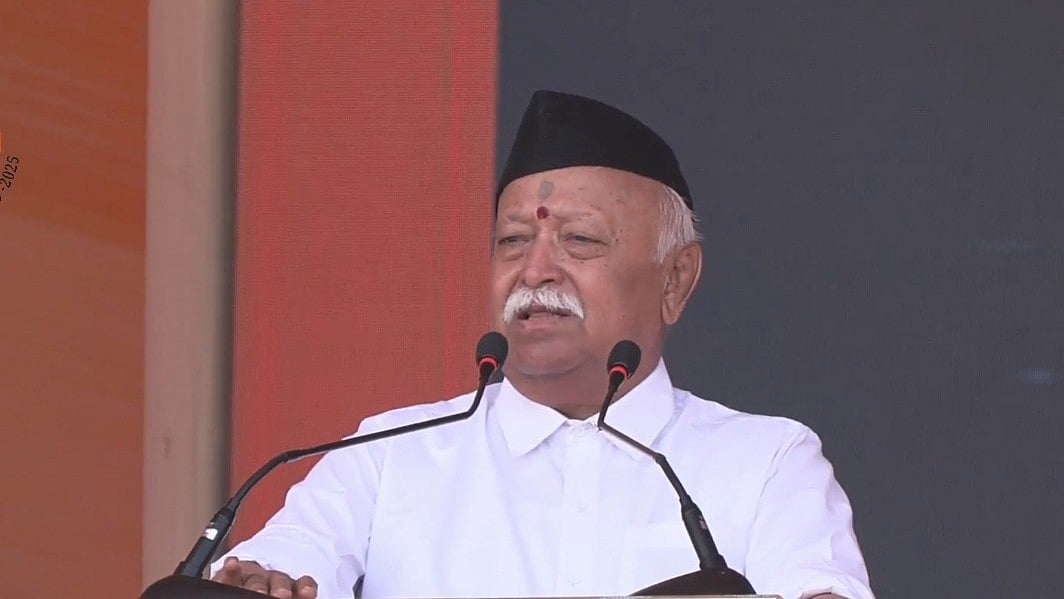Prime Minister Narendra Modi delivered one of the most controversial speeches of the election campaign in Banswara district, Rajasthan on the April 21, 2024. It reiterated the much favoured tropes by Hindutva ideologues such as the supposed propensity of Muslims to have more children, leading to higher population growth of the Muslim community, using terms such as “infiltrator” to describe Muslims, accusations of favoured treatment by past non-BJP governments which are claimed to have pampered the Muslims, reaching a crescendo with the assertion that the proposals for wealth redistribution in the Congress manifesto would lead to the forcible expropriation of individual holdings and savings, such as the snatching of mangalsutras from the necks of “our mothers and sisters”. Several revealing elements lie behind the content of this speech, that informs about both the PM’s and the BJP’s ideology.
Firstly, as noted by several commentators such as Nilanjan Mukhopadhyay, the use of such communal language and content is not an aberration or something that had receded from the Prime Minister’s rhetoric but an element that has always been present. There has always been “a subliminal communal angle” to his actions and words. As Mukhopadhyay argues “Modi always has two cards — development and communal division — in his hand. It depends on the situation which one would be his primary card. The communal one becomes the primary card whenever he is anxious or nervous,” In this dual two-handed strategy; the deployment of communal rhetoric is always there in the background, to be brought forward, as and when necessary, in order to polarise the electorate along communal lines. Observers who like to comfort themselves with the argument that being in office acts as a moderating force or who prefer to concentrate on Modi’s welfarist and developmental rhetoric as somehow the real thrust of his government crucially and ominously overlook this aspect.
Much of the style here is by now well-rehearsed and jejune, having been frequently used over the last decade by the Prime Minister on his various campaign trails. The discursive style is conversational in tone, replicating an imaginary conversation with the target audience, largely male, shorn of any difficult terms or expressions. It is also metaphorical, constantly evoking powerful images of putative threats to Hindus and of his opponents. These metaphors are of bravery, manliness, and virtue, as opposed to cowardice, effeminacy and evil; or metaphors of weakness, malignant policies, and ridicule when it comes to the Congress party and its leaders. Most importantly is the carefully calibrated “normative trespassing” that is used, describing Muslims, for example, as “infiltrators” echoing his deputy and Home Minister Amit Shah, who notoriously referred to Muslims as “termites” an allusion to the supposedly large numbers of Muslims thought to have crossed the border from Bangladesh and settled in India. Personal insults such as terming Sonia Gandhi a “Jersey cow” and Rahul Gandhi a “hybrid bachda” are other instances of transgressive rhetoric that would normally be deemed unacceptable in a mainstream political leader. Modi’s skill, like that of many right-wing populist demagogues, is to seek the creation of an intimacy with his target audience by casting such utterances as merely an acceptance of popular idioms, prejudices, and common-sense understandings of the world; one which it is implied, other politicians are either too afraid or unwilling to articulate even though they know them to be true, while Modi himself of course, has no such inhibitions. What goes unsaid here, is that such quotidian “common-sense” is frequently characterised by reactionary, misogynistic, patriarchal, and of course, communal stereotypes. Crossing such boundaries by appearing to be saying what his audience is in any case thinking; but which is rarely uttered in public due to conventions of political speech, without going too far is a tricky thing to do, but one that Modi has managed artfully in his procataleptic diatribes.
What is particularly alarming as well as sinister; is the construction of the libidinally fraught hetereonationalist fantasy in the references to the mothers and sisters whose mangalsutras must be protected with its disturbing evocations to a recuperative Hindu masculinity and Otherisation of Muslims, specifically Muslim men to create a communally charged moral panic. Hindu nationalism like all cultural nationalisms rests on the construction of strict boundaries around the nation, society, and family. Any suggestion that these may be breached or violated is seen as an existential threat which must be met with a strong response. The borders of the nation, the cultural social identity of the majority and the protective boundaries around the heteronormative family unit are sacrosanct and must be protected at all costs. In this like all cultural nationalisms, Hindutva is a reactive coping strategy to the strains brought about by modernity and the pressures of capitalist transformation, democratisation, and liberalisation; all of which place strains on the boundaries within economic, political, and social spheres. Rather than correctly diagnose the causes behind the strains such dislocation due to modernisation, cultural nationalism always seeks to displace blame for this onto an imaginary other, that is somehow blocking national development, causing social dislocation, and posing a threat to that ultimate telos of the social order: the family. Scholars of ethnic and communal conflict have noted how it is women’s’ bodies that frequently become the battleground over which contending ideologies and groups wage their wars, leading to high levels of sexual violence. In a similar manner, it is the figure of the woman, cast as a vulnerable part of the family in need of protection in this ideological mindscape; with the mangalsutra — the very symbol of a Hindu woman’s married status and by extension her role in enabling reproduction of the family within society. Protection from that other staple of the Hindutva imaginary the over-sexualised Muslim other: who has too many wives, too many children, too much pampering from the government, just too much of everything. Sexual depravity is always attributed to the other in right-wing nationalist fantasies: to Black Americans by White Americans in the Deep South, by the Nazis to Jews and by Afrikaners to Black South Africans under apartheid. One of the most popular as well as absurd charges levelled against the Bolsheviks in the early days of the Russian Revolution was that they advocated sexual promiscuity. Needless to say, these are all constructed myths; nobody actually knows such persons; the figure of the wild, over-sexualised, pampered Muslim is entirely an abstract construction but nonetheless remains a persistent figment in the popular imagination, forming part of the communal “everyday common-sense” mentioned earlier, that is so readily weaponised in this discourse.
Viewed through this lens of a threat to the women of the family, synecdoche to the imperilled status of society and the nation itself which is at stake. Both family and nation were meant to be securely bounded, to protect the vulnerable women, and when this safety is not guaranteed a moral panic is created. This moral panic is communally charged and is designed to nudge both society and nation towards ever more extreme, ever more coercive actions in search of the elusive assurance of safety. It is also a call for action and an implicit challenge to Hindu masculinity- whose potential inaction and impotence is being pilloried if no response is forthcoming. During the last Delhi state elections BJP MPs went to the extent of claiming that Hindu women would be raped if the opposition wins; in deliberate attempts to rake up Hindu anxieties by playing on communal fears. The deep concern is that such repeated calls for action and use of communally charged discourse will eventually spill over into communal violence as has happened all too often in the past. Demystifying such discourse and locating the actual threats of sexual violence towards women, which as the shocking case of Prajwal Revanna shows often lie much closer to home, is essential if perpetuation of communal antagonism with its ever-present looming threat of communal violence is to be avoided.
Conrad Barwa is a senior research analyst at a private think-tank, and a senior research associate at the Birmingham Business School










